Can You See Flag On Moon With Telescope?
The moon has always been a subject of fascination for humanity, and the Apollo missions of the late 1960s and early 1970s only heightened this interest. One of the most iconic symbols of these missions is the American flag planted on the lunar surface by the astronauts. This has led many amateur astronomers and curious individuals to wonder: Can you see the flag on the moon with a telescope? In this article, we will explore this question in detail, considering the capabilities of various telescopes, the limitations imposed by physics, and the technological advancements that might change our perspective in the future.
Understanding Telescope Capabilities

To understand whether we can see the flag on the moon with a telescope, we first need to grasp the basic principles of how telescopes work. Telescopes are designed to gather light and magnify distant objects, making them appear closer and more detailed. The two main types of telescopes are refracting telescopes, which use lenses, and reflecting telescopes, which use mirrors. The resolving power of a telescope, which determines its ability to distinguish between two closely spaced objects, is a critical factor in this discussion.
Resolving Power and the Moon
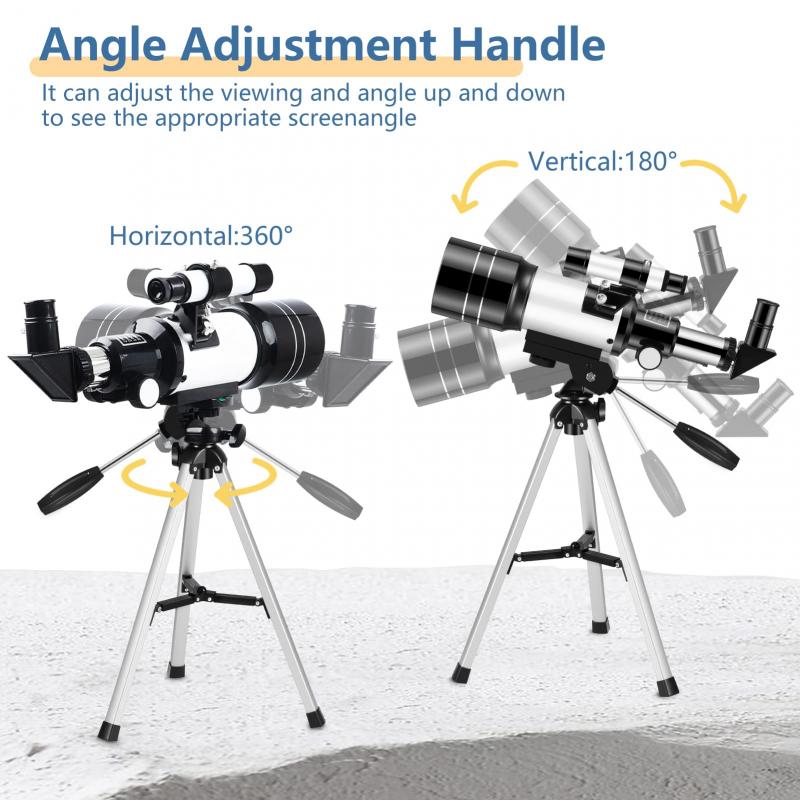
The moon is approximately 384,400 kilometers (238,855 miles) away from Earth. The smallest objects that can be resolved by a telescope are determined by the formula for angular resolution, which is given by:
\[ \theta = \frac{1.22 \lambda}{D} \]
where \( \theta \) is the angular resolution in radians, \( \lambda \) is the wavelength of light, and \( D \) is the diameter of the telescope's aperture. For visible light, the wavelength \( \lambda \) is about 550 nanometers (5.5 x 10^-7 meters).
To see an object as small as the flag on the moon, which is about 1.5 meters wide, we need a telescope with an extremely high resolving power. Let's calculate the required aperture size.
Practical Limitations
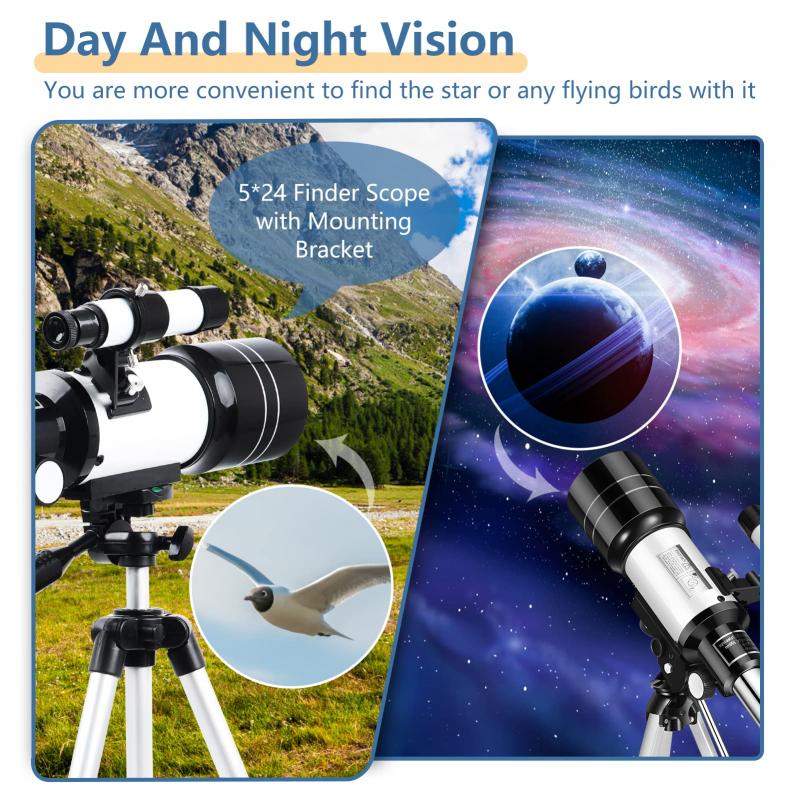
Amateur Telescopes
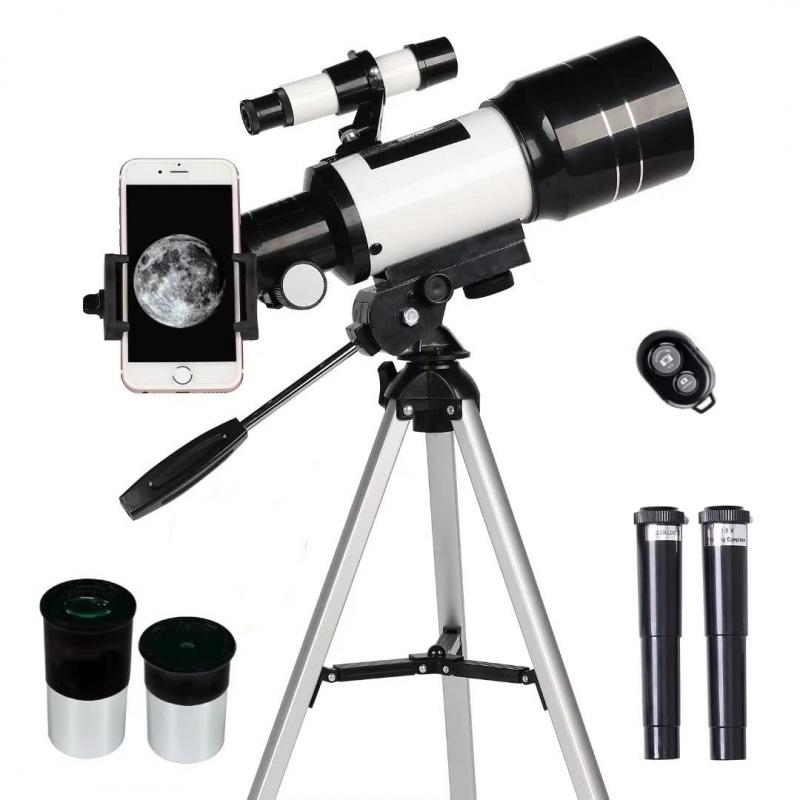
Most amateur telescopes have apertures ranging from 60mm to 300mm. Even the best amateur telescopes, with apertures of around 300mm, fall short of the required resolving power to see the flag on the moon. The angular resolution of a 300mm telescope is approximately:
\[ \theta = \frac{1.22 \times 5.5 \times 10^{-7}}{0.3} \approx 2.2 \times 10^{-6} \text{ radians} \]
Converting this to arcseconds (1 radian = 206,265 arcseconds):
\[ \theta \approx 0.45 \text{ arcseconds} \]
At the distance of the moon, this translates to a minimum resolvable size of about 840 meters. Clearly, this is far larger than the size of the flag.
Professional Telescopes
Professional observatories have much larger telescopes, with apertures up to 10 meters or more. The Hubble Space Telescope, for example, has a 2.4-meter aperture. However, even with these advanced instruments, the resolving power is still insufficient to see the flag. The angular resolution of a 10-meter telescope is:
\[ \theta = \frac{1.22 \times 5.5 \times 10^{-7}}{10} \approx 6.7 \times 10^{-8} \text{ radians} \]
In arcseconds:
\[ \theta \approx 0.014 \text{ arcseconds} \]
This translates to a minimum resolvable size of about 27 meters at the distance of the moon. While this is a significant improvement, it is still not enough to resolve the flag.
Technological Advancements
Lunar Reconnaissance Orbiter (LRO)
While ground-based telescopes cannot resolve the flag, space missions have provided a solution. NASA's Lunar Reconnaissance Orbiter (LRO), launched in 2009, has a high-resolution camera capable of imaging objects as small as 0.5 meters on the lunar surface. The LRO has captured images of the Apollo landing sites, showing the lunar modules, scientific instruments, and even the shadows of the flags.
Future Prospects
Advancements in telescope technology, such as adaptive optics and interferometry, may improve our ability to resolve smaller objects on the moon. Adaptive optics correct for atmospheric distortions, significantly enhancing image quality. Interferometry, which combines the signals from multiple telescopes, can achieve much higher resolutions than a single telescope. However, even with these technologies, the practical limitations of ground-based observations mean that space missions will remain the best way to capture detailed images of the lunar surface.
In summary, while the idea of seeing the American flag on the moon with a telescope is intriguing, it is currently beyond the capabilities of both amateur and professional ground-based telescopes. The resolving power required to see such a small object at such a great distance is simply too high. However, space missions like the Lunar Reconnaissance Orbiter have provided us with detailed images of the Apollo landing sites, confirming the presence of the flags and other artifacts left by the astronauts.
As technology continues to advance, we may one day develop telescopes or other instruments capable of resolving such small objects from Earth. Until then, we can rely on the incredible achievements of space missions to satisfy our curiosity about the moon and its many mysteries.






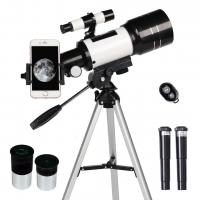
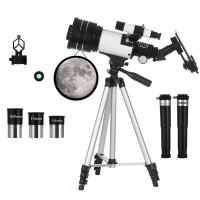
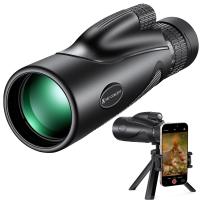
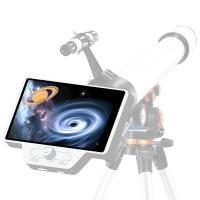
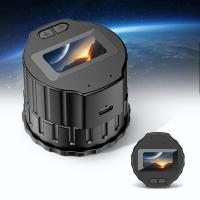


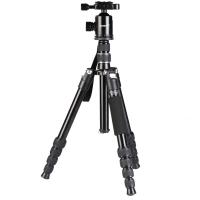

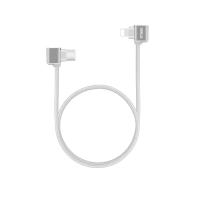


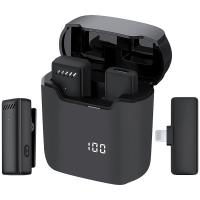

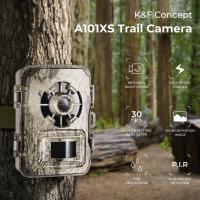
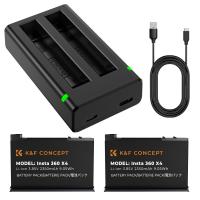
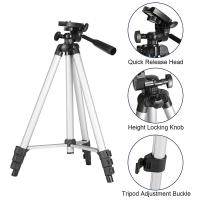

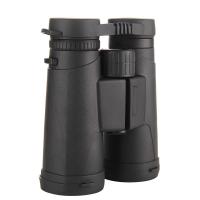

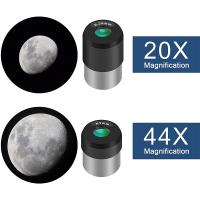
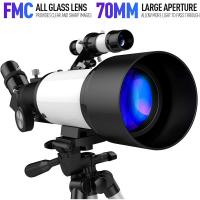

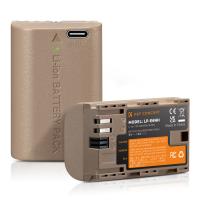

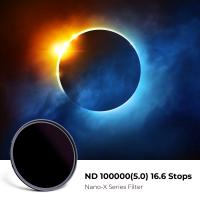


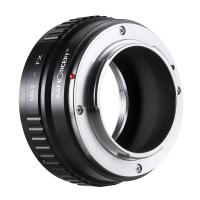




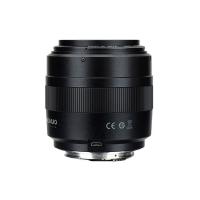

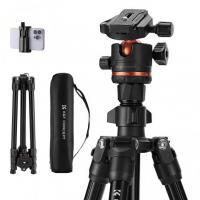
There are no comments for this blog.